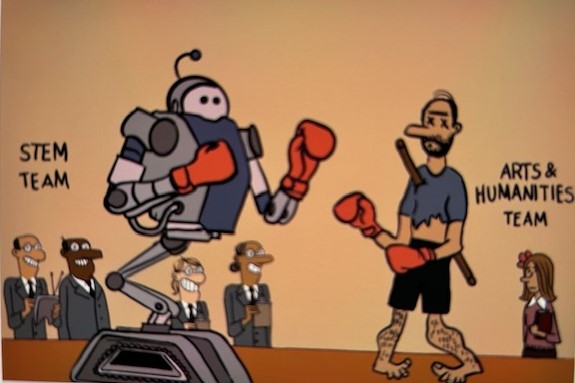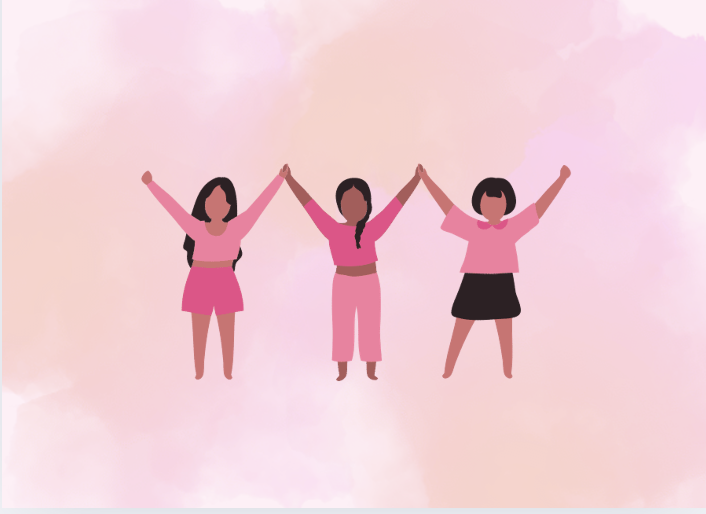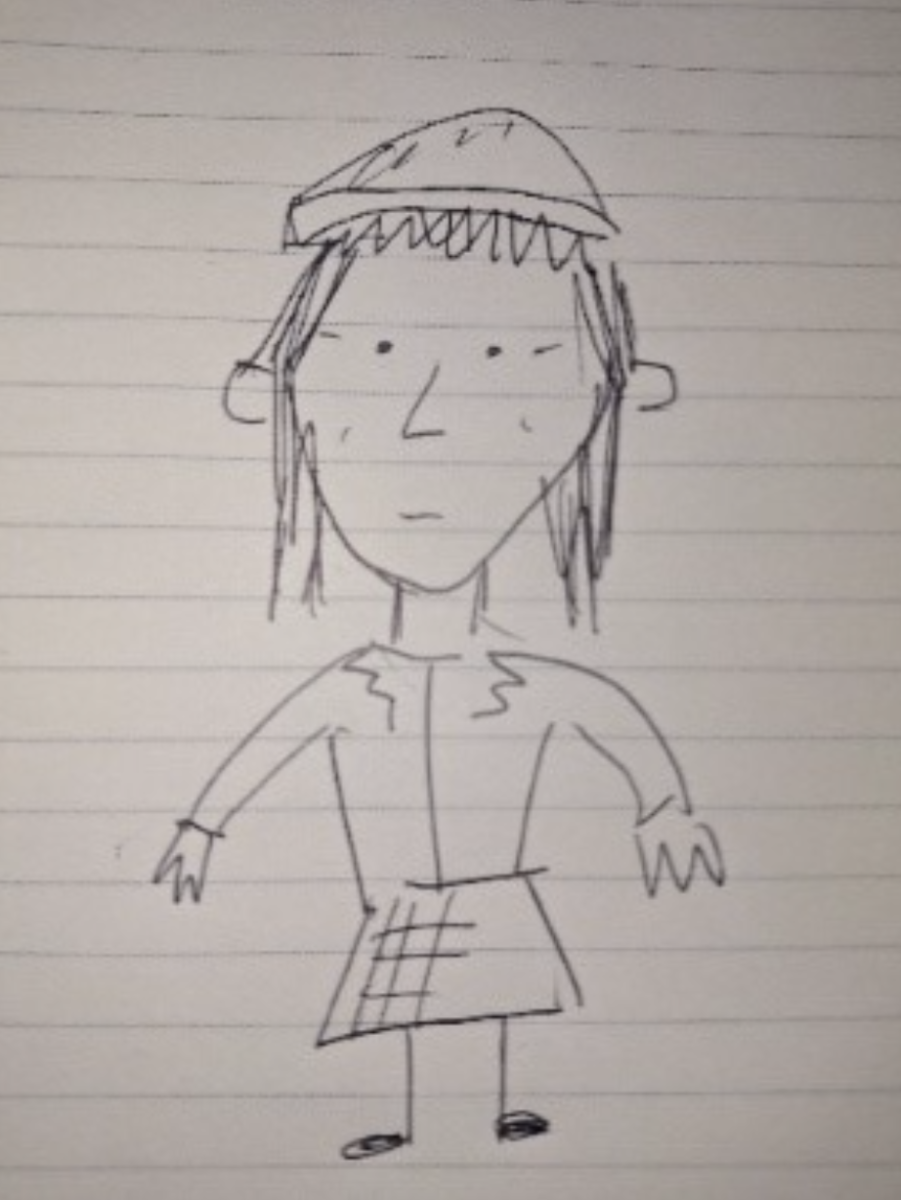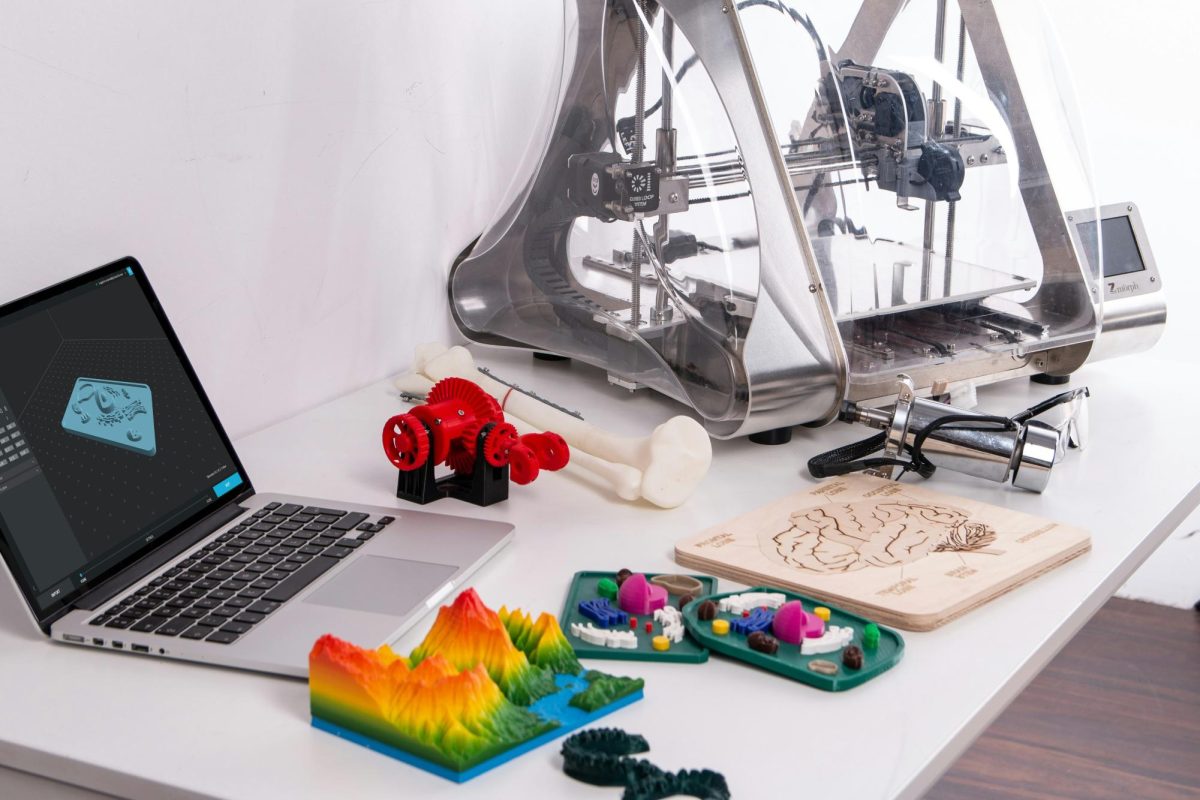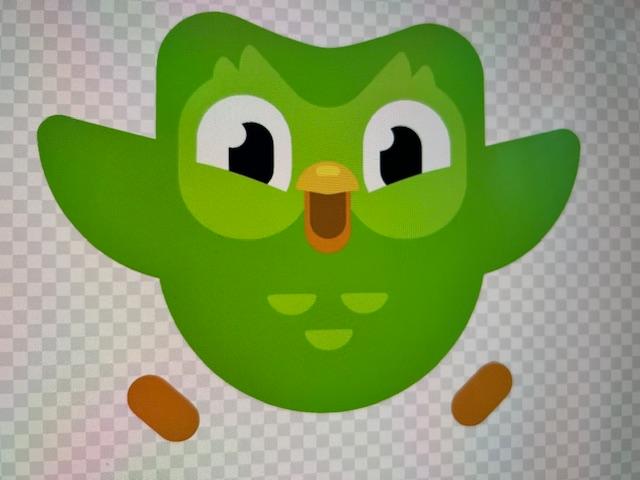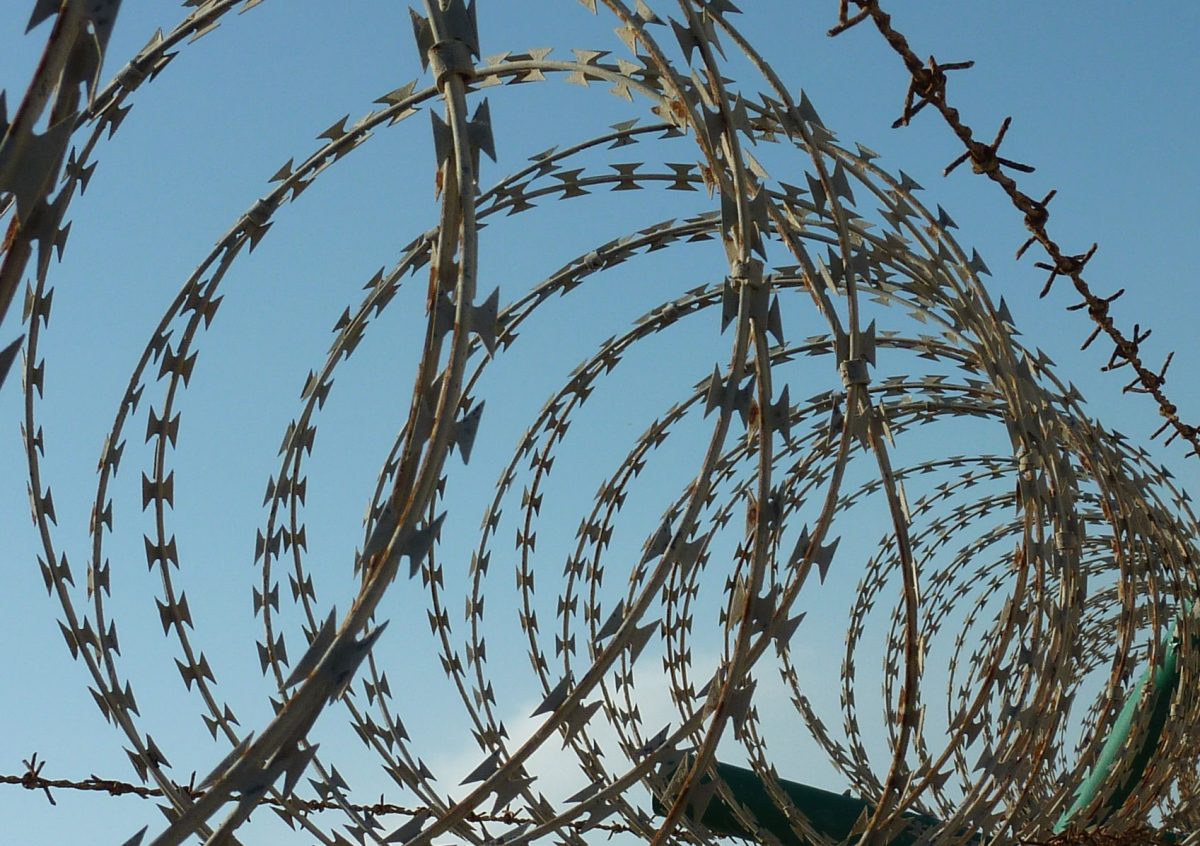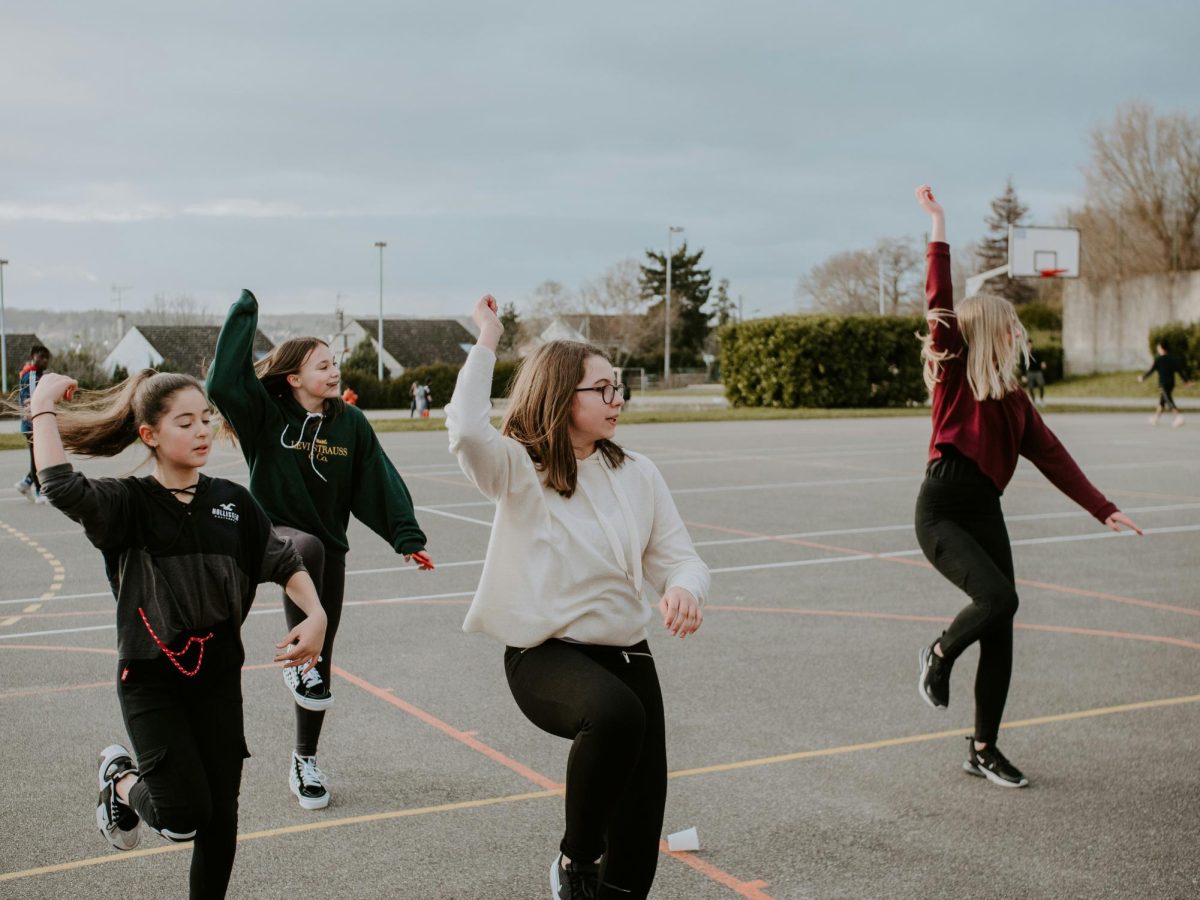This article was originally published on We Are (https://weare.wcc.nsw.edu.au/news/). Republished with permission as part of Teen Scene, Inc.’s international student voice partnership.
At William Clarke, everyone knows that the (ex)headmaster is very passionate about the arts. Music in particular. But the classes available don’t necessarily reflect that. There are some basic classes taken by younger grades in their mainstream classes, but these classes don’t really spark a passion for the arts.
Collaboration, problem-solving, critical thinking, inventiveness, communication, agility, and empathy—the experiences and learning provided by a well-executed Arts curriculum are significant! The arts serve as a logical channel for the development of these capacities and related skills in both the social and emotional spheres.
Almost every workforce job available requires communication skills. These skills aren’t learnt through maths and science. They’re learnt through writing or practising self-expression which is taught in the study of all fields of creative arts. The adaptable and interpretational nature of the creative arts allows for a person’s ability to improvise and become adaptable in numerous situations, as well as being aware of innovation strategies due to the flexibility and subjective nature of the study of creative arts.
Obviously, in Year 11 and 12 the options for classes in the arts are limited because of NESA requirements, but, during the younger years it’s crucial to foster students’ creativeness. This may be done through the implementation of new courses for years 7-10, or implement more creative aspects within other mainstream classes.

